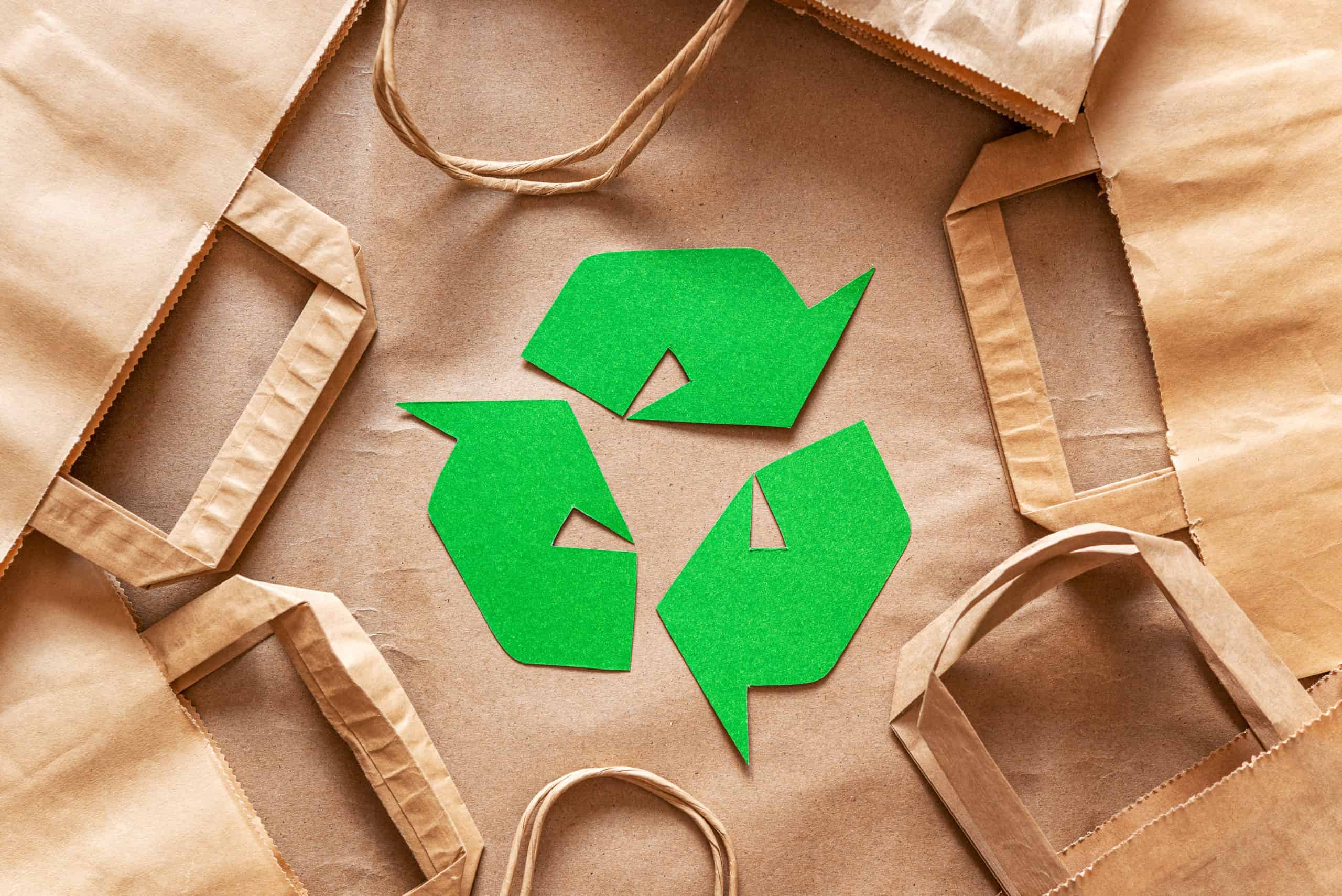Scientists at Nanyang Technological University in Singapore created pollen-based paper that can be written on and wiped repeatedly without causing damage to the material. For me as a printing engineer, it is a very exciting innovation.
Singaporean scientists demonstrated how high-resolution color pictures could be printed on the non-allergenic pollen paper with a laser printer and then ‘unprinted’ in a research paper published online in Advanced Materials on 5 April. The process might be repeated up to eight times.
According to the research, this unique, printer-ready pollen paper might become an eco-friendly alternative to traditional paper, which has a substantial negative environmental effect. It may also assist to minimise the carbon footprint and energy consumption of traditional paper recycling, which comprises repulping, de-toning, and reconstruction. A patent application has been filed based on this innovation. They demonstrated that they could print high-resolution color photographs on paper made from a natural, plant-based substance that had been turned non-allergenic using a procedure they recently invented. They also proved that this could be done repeatedly without degrading the paper, making this a feasible eco-friendly alternative to traditional wood-based paper. This is a novel method of paper recycling that involves not only producing paper in a more sustainable manner but also prolonging the lifespan of the paper to ensure that they get the most value out of each piece of paper they generate. With future advancements in scalable manufacturing, the principles described here might be adopted and extended to generate other ‘directly printed’ paper-based goods such as storage and shipping boxes.
The pollen-based paper is not only easily recyclable, but it is also extremely adaptable. Pollen, unlike wood-based traditional paper, is abundant and naturally regenerative, making it a potentially appealing raw material in terms of scalability, economics, and environmental sustainability. Furthermore, by combining conductive materials with pollen paper, they might possibly employ the material to create enhanced functionalities and features in soft electronics, green sensors, and generators. The traditional paper business accounts for 33 to 40 percent of all industrial wood handled globally, contributing to global deforestation and growing carbon emissions. Meanwhile, pollen grains are produced in vast quantities on a regular basis for plant reproduction. The scientists used potassium hydroxide to extract the biological components enclosed in sunflower pollen grains and transform them into soft microgel particles. This procedure also eliminates the allergen component of pollen. The scientists then removed undesirable particles from the resultant pollen microgel using deionized water before casting it into a 22 cm × 22 cm mould for air-drying. This produces a sheet of paper with a thickness of around 0.03 mm, or about half the thickness of human hair. Previously, it was discovered that pollen paper can bend and curl in reaction to moisture in the air. The scientists soaked the paper in acetic vinegar to make it resistant to moisture. To put their sunflower pollen paper to the test, the researchers used a laser printer to create a painting from Vincent Van Gogh’s Sunflowers series. The paper was not damaged in the printer, and the toner layer was deposited on the pollen paper surface.
“The colours of the picture produced on pollen paper changed somewhat from the identical image printed on conventional paper,” according to the research, “but the image quality and clarity on both types of paper are equivalent.” The researchers also discovered that repeated immersion in water did not destroy or soften the printed pollen paper – an important finding. The scientists next demonstrated that the pollen paper could be unprinted by submerging it and gently rubbing it in an alkaline chemical solution for two minutes. When submerged in the alkaline solution, the pollen paper expanded, causing the toner layer to mechanically break down and tear away from the paper. After shrinking in ethanol for five minutes, the paper was air-dried. The paper was suitable for printing again after being treated with acetic acid. This entire process of printing and unprinting pollen paper may be performed eight times without affecting the structural integrity of the paper or the quality of the printed pictures. The researchers also discovered that pollen grains from camellia and lotus may be utilized.
Photo: OlegKovalevichh/Shutterstock
You might also like:
Support us!
All your donations will be used to pay the magazine’s journalists and to support the ongoing costs of maintaining the site.
Share this post
Interested in co-operating with us?
We are open to co-operation from writers and businesses alike. You can reach us on our email at [email protected]/[email protected] and we will get back to you as quick as we can.










